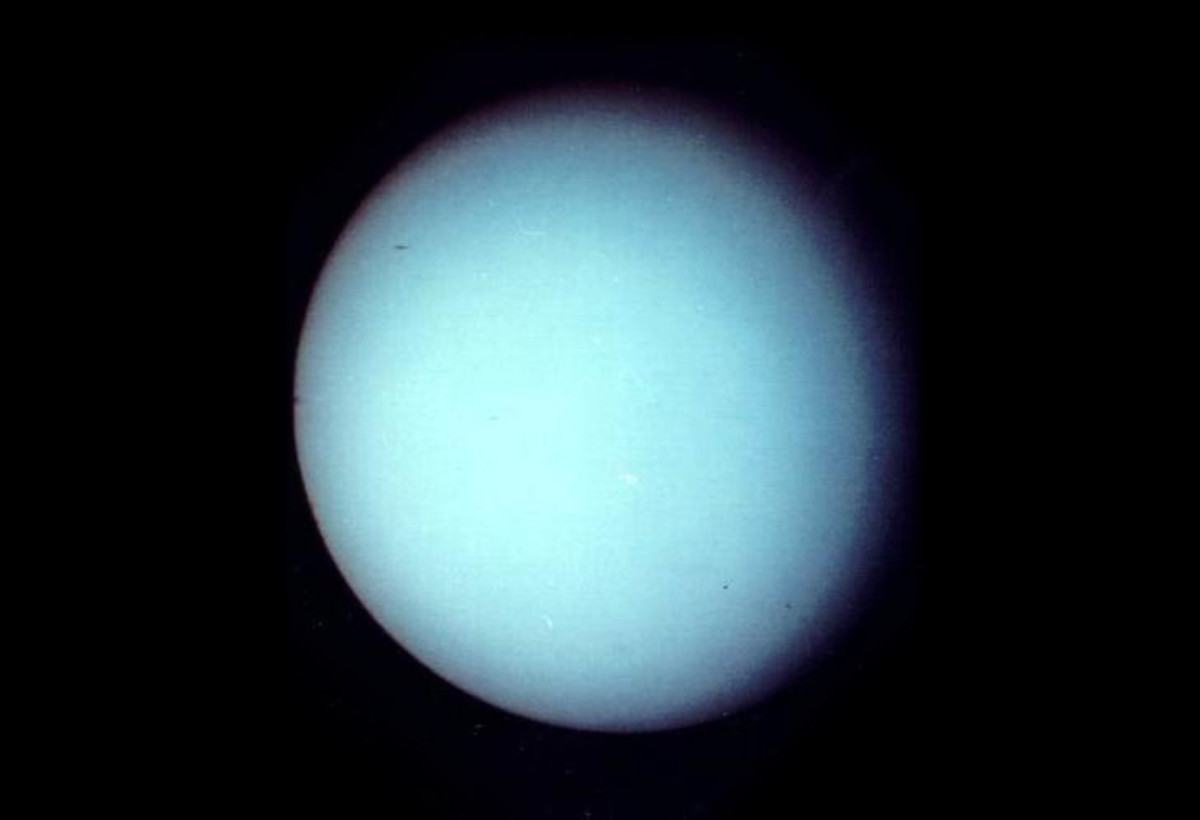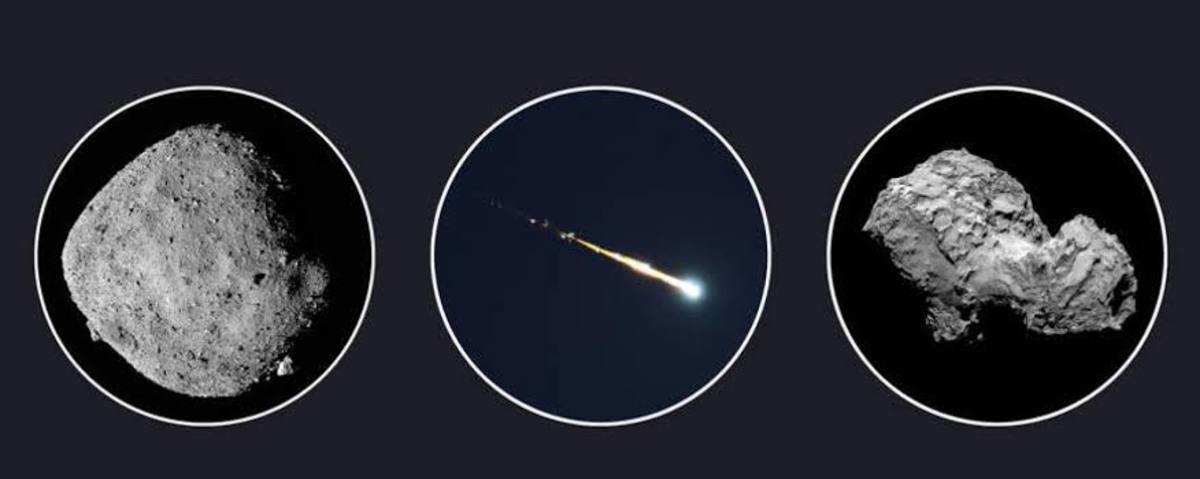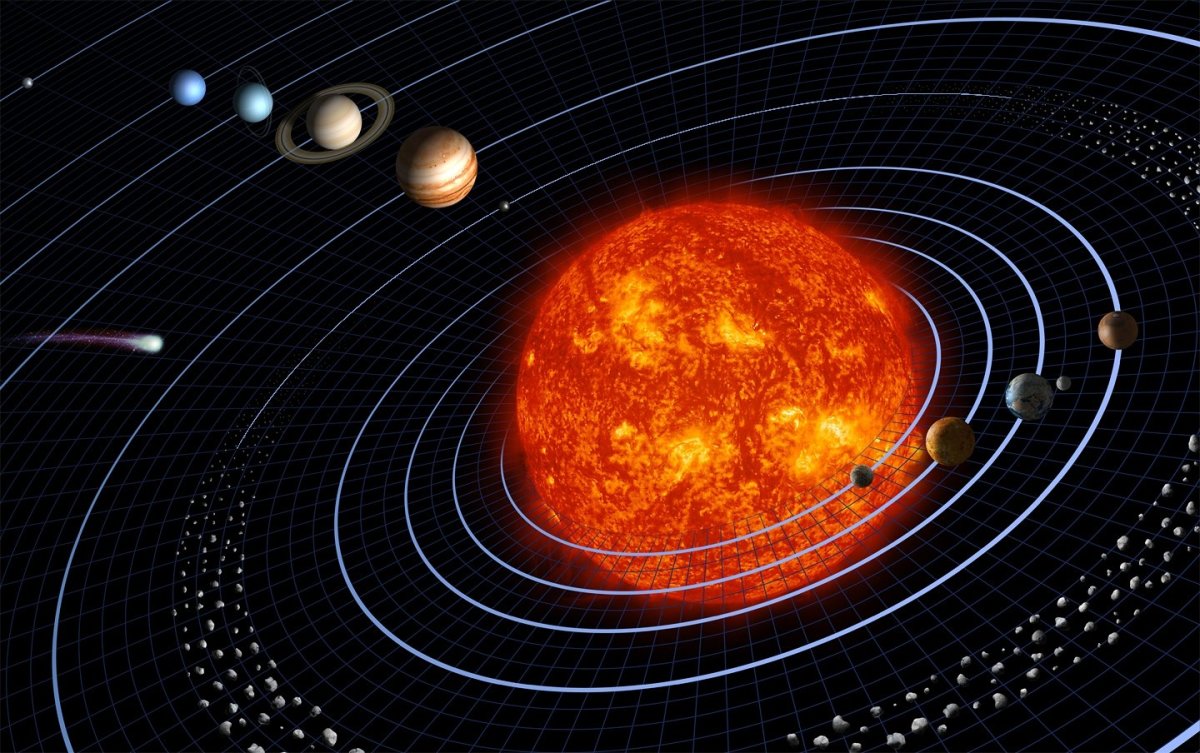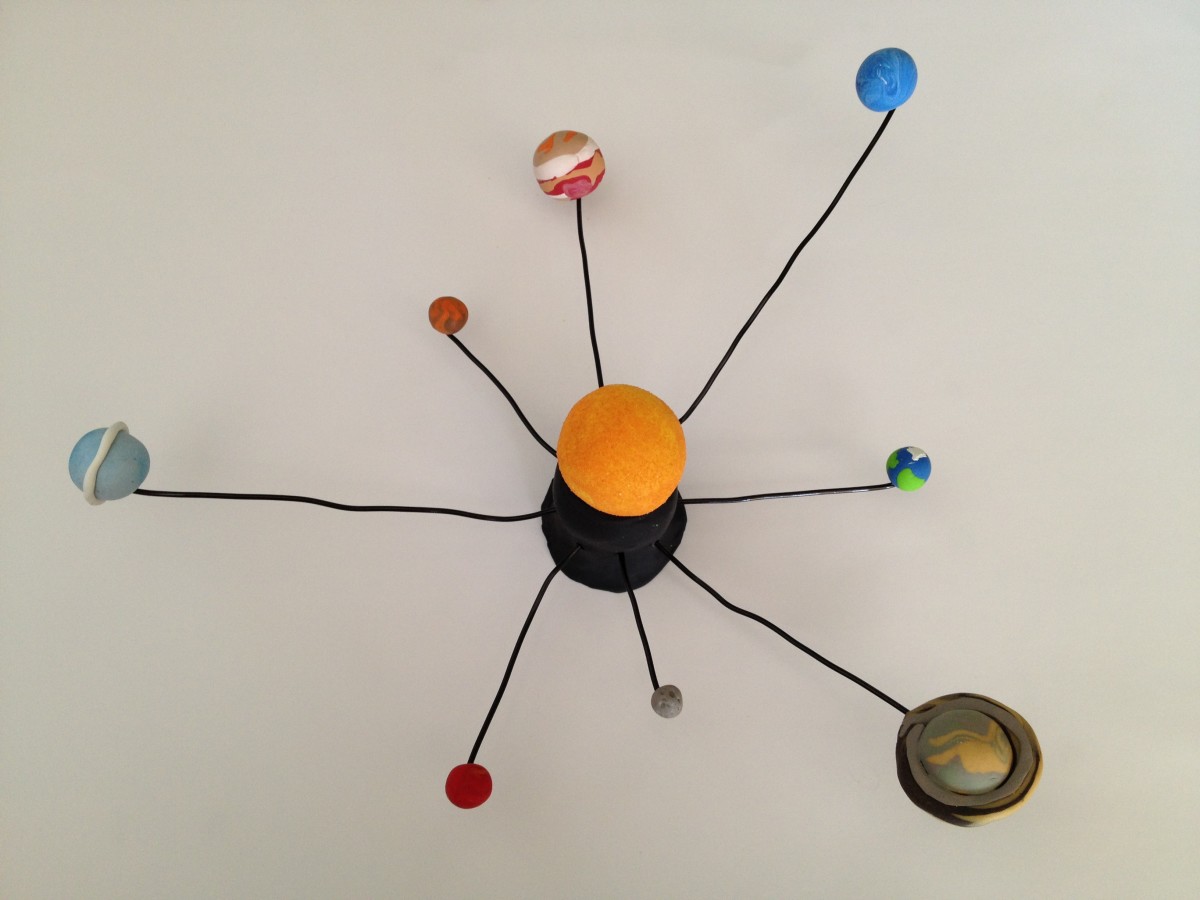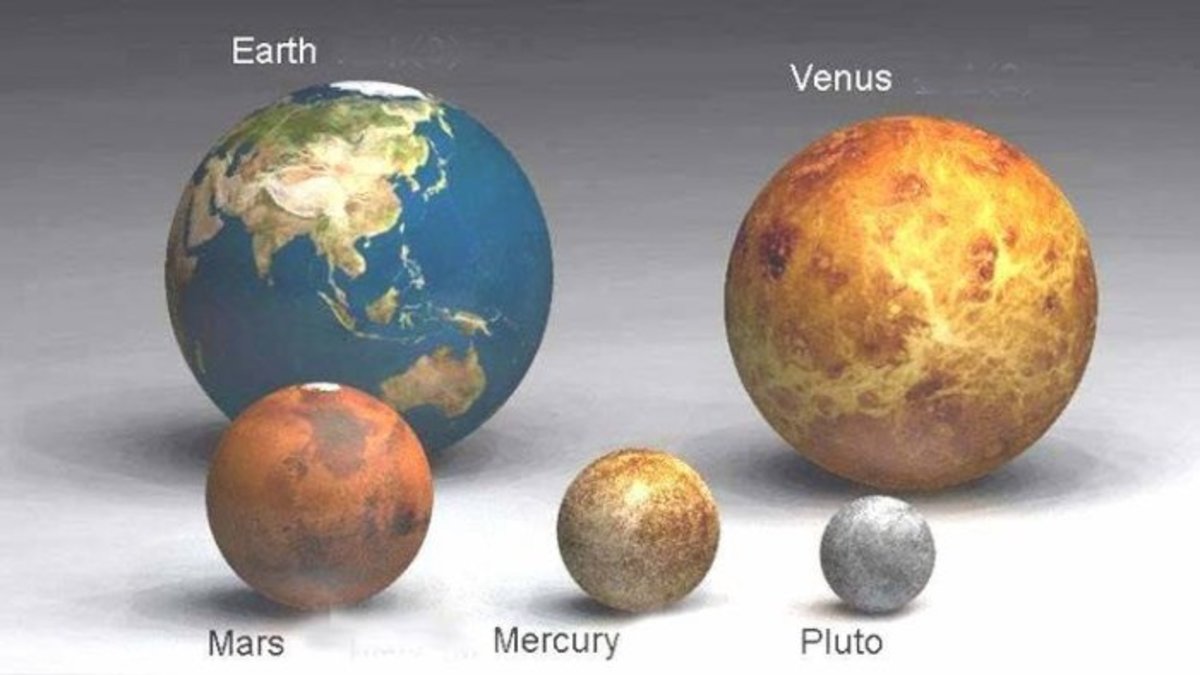Our Solar System: 'Ceres'
We're back in the Asteroid belt!
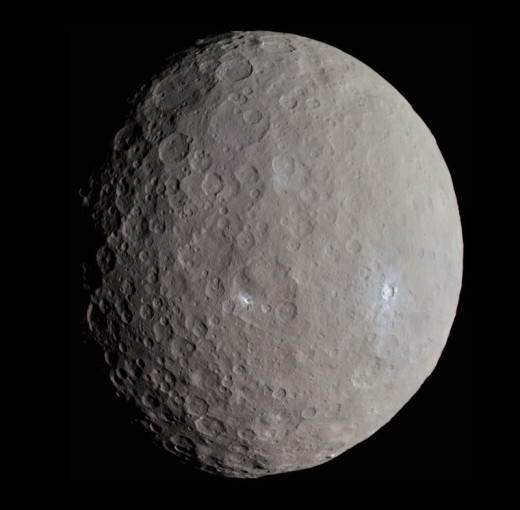
Where we left off
It's been a while since I wrote about our solar system and the wonders in it, but I'm back for now and wanting to share some of the amazing things that man has found as he's peered into the heavens.
Since man first set foot on the Earth, I imagine there have been those who looked into the skies at night and wondered how or why it all came into being?
For thousands of years, man would look into the skies at night and imagine the stars were too innumerable to count, but there were a few objects that seemed different to the stars in the sky, they seemed to be moving in time with the Earth, and there was something special about them.
Mankind could see five objects that seemed to move this way, and he began to develop stories about them, stories that matched the 'gods' he believed in, so it only seemed appropriate that these 'bodies' took on the names of the 'gods'
The Romans went even further and believed that when an Emperor died and was cremated, his spirit would ascend into the Heavens and literally become one of these bodies forever looking down on his Empire.
Mercury, Venus, Mars, Jupiter and Saturn all have the names of Roman deities. But men never saw what lay in between these objects, that is not until around 1605 when an Italian Astronomer made a discovery that would change the face of science and cause the Catholic church to brand him a heretic for four hundred years (but more on that in a later hub).
In between Mars, and Jupiter is a distance of some four times the distance of that of the earth from the sun, a huge expanse, and it's not empty!
The Mystery of Ceres
Kepler to the present day.
The first to notice that there was a large gap in our solar system was Johannes Kepler. A German Astronomer and Mathematician who worked out that there were laws to the motion of the planets in our solar system.
Kepler was a strong believer in God and believed that God had created the universe to be orderly and that by studying our universe man could work out those laws or 'Harmonies' as he called them, or as the Encyclopedia Britannica puts it. "He regarded them as celestial harmonies that reflected God’s design for the universe. Kepler’s discoveries turned Nicolaus Copernicus’s Sun-centred system into a dynamic universe, with the Sun actively pushing the planets around in noncircular orbits. "
But the problem of the huge hole where a planet should be persisted! By now mankind had worked out roughly how far away from the sun each of the bodies in our solar system that he could see was, and there was a huge gap four times the distance of the Earth to the sun, there should be another planet there, but they couldn't see it!
Vesta (goddess of the hearth, and sister to Ceres)
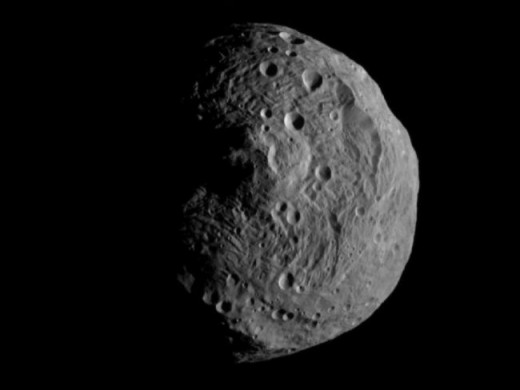
Discovery
Ceres was discovered in 1801, and I covered a lot of that in the previous hub about Ceres, so we'll skip ahead a little and see what we've discovered about the place since.
In 2005 NASA launched an unmanned probe called 'DAWN' to the Asteroid belt, the main mission was to another Asteroid called Vesta.
Vesta had been discovered a few years after Ceres because the Astronomers were disappointed that Ceres wasn't as big as they thought it should be, it didn't seem to explain the gap.
Ceres has a diameter of only 900 km or about 600 miles, it's surface area is less than the country of Argentina.
The thought was that Ceres may have been bigger in the past, but destroyed by a massive collision.
From that one Astronomer worked out that if that was the case at some point, if he traced the orbit of the planet (Ceres was classed as a planet until 1850) he might get some idea of what hit, so he did this and seven years later discovered the second-largest Asteroid Vesta.
But Vesta isn't big enough to pull itself into a sphere! At only 329 miles diameter it's just about half the size of Ceres, but there are some other things that Set Ceres apart.
Why Ceres is unique
Later on, as better and better telescopes were built we began to see not only the few large objects in this belt, literally millions of pieces of rock littering the area, colliding with each other and sending pieces of rock flying off into space.
Writing this hub I discovered that 6% of all the Asteroids that have hit the Earth are known to have come from Vesta, but not one has come from Ceres.
DAWN went to Vesta, but on the way it flew by Ceres and took the amazing photo you see at the start of this hub, it also took instrument readings of the body and what they found might surprise you.
Massive Salt deposits.
Yes, you read that, they found massive salt deposits. Dawn found bright spots on the surface of the dwarf planet that baffled scientists. Until they realised that Ceres is about 40% water/ice (it may have an ocean beneath its surface, or may have had in the past) and the deposits are actually salt!
However, don't go thinking that we can head off and fill up our salt pots as it's not that kind of salt.
What scientists think is happening is that when a meteor hits Ceres it bores a hole into the ground and allows the water underneath to gush out like a geyser where it immediately freezes and settles, this has been observed on some of the moons of Jupiter and Saturn, so they think it might be happening here.
Organic compounds
Carbon might be one of the lowest elements on the periodic table, but compounds formed from it are fairly rare, Earth has an abundance of them, but the only other places they're known to exist are Ceres and maybe Titan, though traces have been found on Mars.
Every form of life that we know of has Carbon as the base building block, yet here on Ceres there are Organic compounds of a quantity that a Spacecraft some 13,000 miles up picked up on and sent information back to Earth.
The first trillionaire will exploit Space
I just had to.
I just had to put that comment in there somewhere! But I think Neil is right, in the video above he talks of all the ways that Space travel and the Military applications of things have come down and revolutionised our way of life.
How many of us use GPS? MY bus has at least two GPS units tracking different things all the time. if I speed or corner too fast head office knows about it almost before I do, and I'm driving the vehicle!!!
We live in a wonderful place, not just the Earth under our feet, but the skies above our heads, or as the Psalmist says, "The heavens declare the glory of the Lord"
Have a think about it and leave a comment.
The heavens declare the glory of God; the skies proclaim the work of his hands.
Day after day they pour forth speech; night after night they display knowledge.
There is no speech or language where their voice is not heard.
— Psalm 19 vs 1-3

